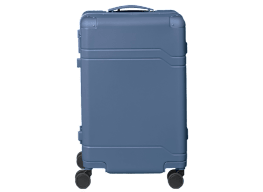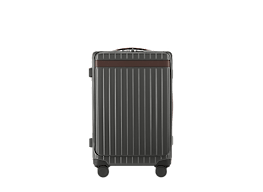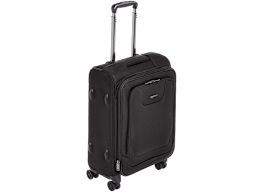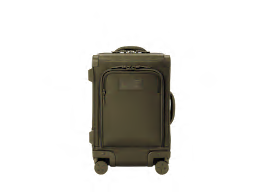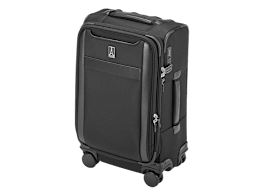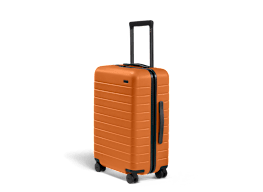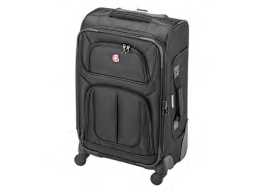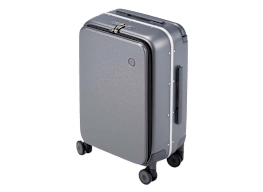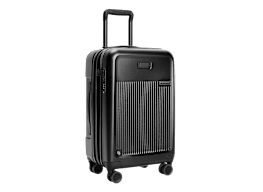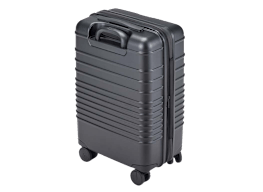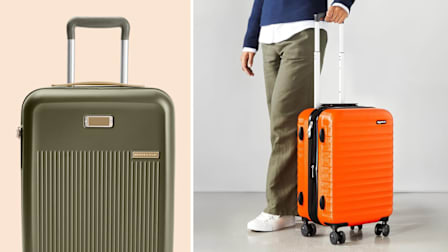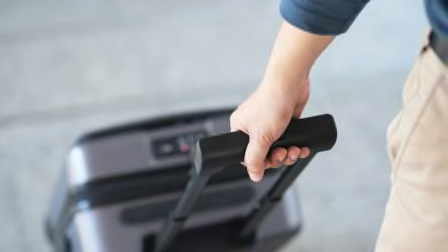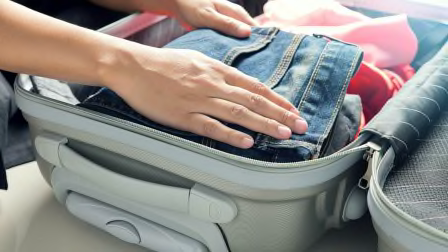Choosing Between Hard-Shell and Soft-Sided Luggage
These are some pros and cons to consider before you hit the road
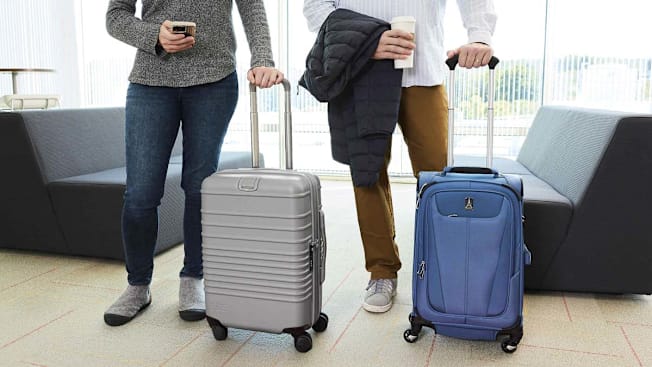
If you’re looking for new luggage for your next trip, you’ll need to make a pivotal choice right out of the gate: soft-sided or hard-shell?
Pros and Cons of Hard-Shell Luggage
Hard-shell luggage is often made with lightweight and durable plastics such as ABS (acrylonitrile butadiene styrene) and polycarbonate. ABS is the lightest, but polycarbonate is more durable. Aluminum is the most durable, but also the heaviest.
Pros
It’s more secure. You may want to buy hard-shell luggage if you’ll be packing breakable items. It could offer better security than soft-sided cases because it can’t be ripped open as easily and usually has integrated locks. Aluminum luggage can be even more secure. It often has metal drawbolt latches instead of zippers.
It can prevent overpacking. There’s no chance of overstuffing hard-shell luggage. For a carry-on, as long as you buy the right size, you’re guaranteed a no-bulge fit in your airline’s luggage sizer. Hard-shell luggage also stacks easily, making it ideal for cruise ships, where bags are stacked in the belly of the ship before departure.
Cons
It can take up more space. Hard-shell luggage often features a 50/50-split opening, allowing you to pack two sides equally and stabilize the contents with an interior strap or a middle divider. But the clamshell design requires double the surface space to spread it open. Most hard shells are built this way, but there are some on the market that have a lid opening. You’ll also need a fixed storage space for empty hard-shell luggage, which can be a challenge for apartment and small-house dwellers.
Hard-shell luggage scuffs and scratches easily. It’s also rigid, so you can’t squeeze in extras if the need arises.
Check our luggage ratings and buying guide for shopping advice and details on the best luggage brands and stores. And see our evaluations of duffel bags and travel backpacks.
Pros and Cons of Soft-Sided Luggage
Soft-sided luggage is made of fabrics that move and yield, usually woven nylon, such as Cordura, ballistic nylon, or ripstop. Cordura is more textured than ballistic, a little softer, and more abrasion-resistant. Ballistic is the smoother and shinier of the two. Over time, ballistic can abrade, but that won’t compromise the fabric’s strength. Ripstop nylon is very lightweight and commonly known as “parachute material,” often used in unstructured or semi-structured bags.
All three come in a variety of denier counts, which denote the weight—not the quality or strength—of the fabric. When it comes to ripstop nylon, however, a higher denier will ensure that even this lightweight fabric is sturdy enough to hold your belongings.
Pros
It has more compartments. Many soft-sided pieces of luggage come with exterior pockets, and they often have two or more interior compartments. The closure is a zipper; newer bags may have an integrated lock.
It takes up less space. You might opt for soft-sided luggage if you’re looking for lightweight pieces that can flex and compress to fit into tight spaces, such as the overhead bin in an airplane. It may also take up less room to store at home.
Cons
It won’t provide as much protection. Hard-shell luggage may be better for packing and carrying fragile items.
It’s vulnerable to ripping. If the material the cases are made of isn’t high-quality, the fabric may tear.

















